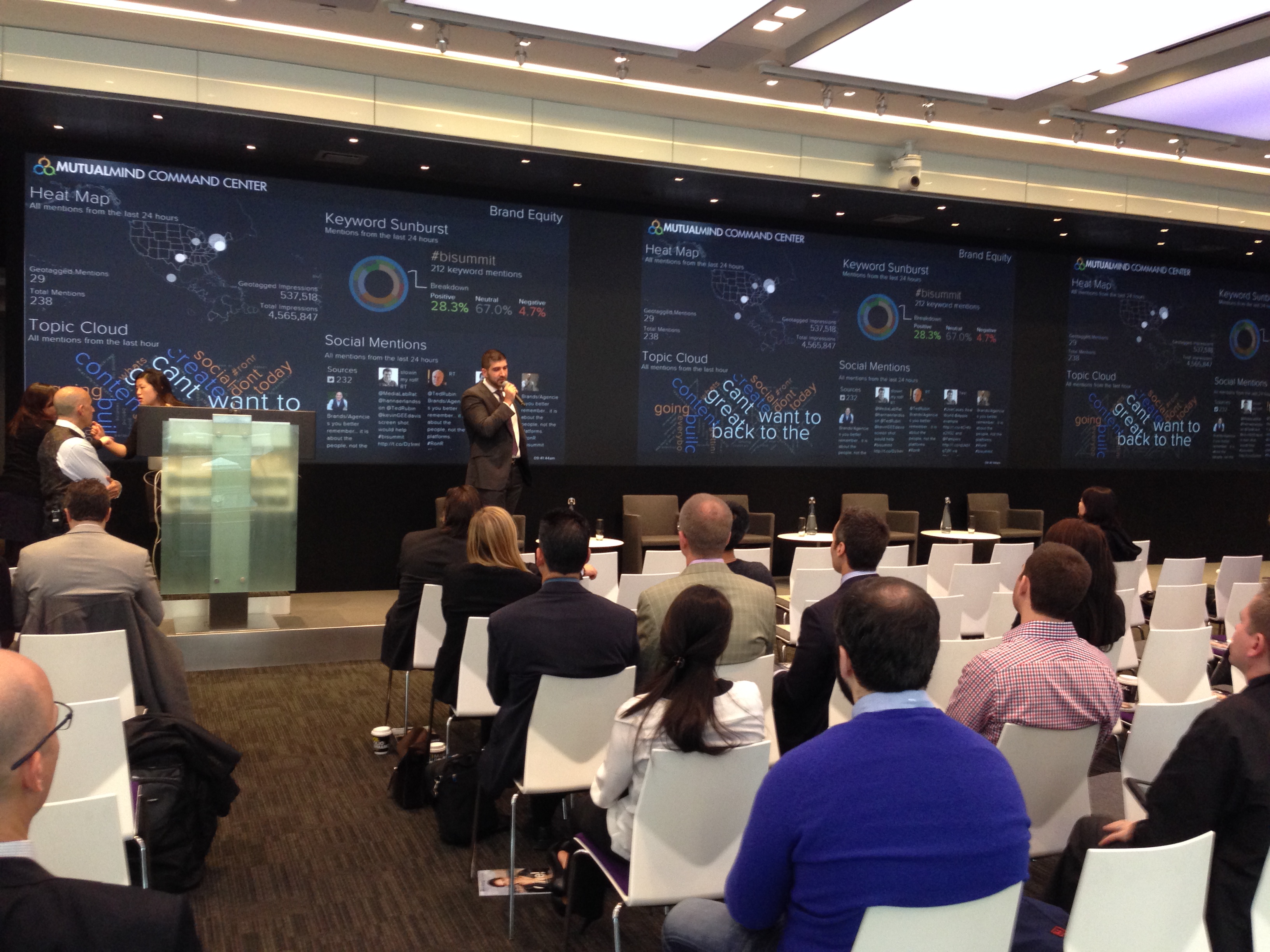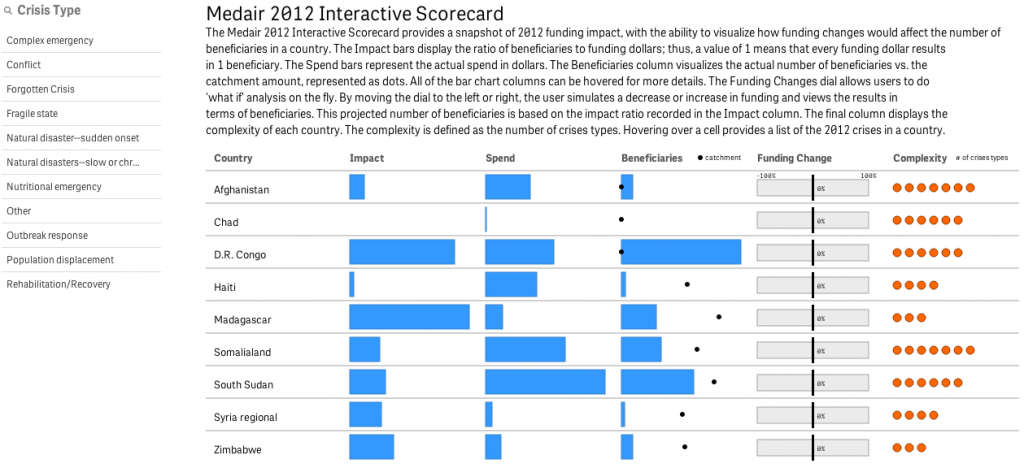Like a child’s first steps or your first experiment with pop rocks candy, the first ever Tweet went down in the Internet history books eight years ago today. On March 21st, 2006, Jack Dorsey, co-founder of Twitter published this.
Twttr, (the service’s first name), was launched to the public on July 15, 2006 where it was recognized for “good execution on a simple but viral idea.” Eight years later, that seems to have held true.
It has become the digital watering hole, the newsroom, the customer service do’s and don’ts, a place to store your witty jargon that would just be weird to say openly at your desk. And then there is that overly happy person you thought couldn’t actually exist, standing in front of you in line, and you just favorited their selfie #blessed. Well, this is awkward.
Just eight months after their release, the company made a sweeping entrance into SXSW 2007 sparking the platforms usage to balloon from 20,000 to 60,000 Tweets per day. Thus beginning the era of our public everyday lives being archived in 140 character tidbits. The manual “RT” turned into a click of a button, and favorites became the digital head nod. I see you.
In April 2009, Twitter launched the Trending Topics sidebar, identifying popular current world events and modish hashtags. Verified accounts became available that summer; Athletes, actors, and icons alike began to display the “verified account” tag on their Twitter pages. This increasingly became a necessity in recognizing the real Miley Cyrus vs. Justin Bieber. If differences do exist.
The Twitter Firehose launched in March 2010. By giving Gnip access, a new door had opened into the social data industry and come November, filtered access to social data was born. Twitter turned to Gnip to be their first partner serving the commercial market. By offering complete access to the full firehose of publicly-available Tweets under enterprise terms, this partnership enabled companies to build more advanced analytics solutions with the knowledge that they would have ongoing access to the underlying data. This was a key inflection point in the growth of the social data ecosystem. By April, Gnip played a key role in the delivering past and future Twitter data to the Library of Congress for historic preservation in the archives.
July 31, 2010, Twitter hit their 20 billionth Tweet milestone, or as we like to call it, twilestone. It is the platform of hashtags and Retweets, celebrities and nobodies, at-replies, political rants, entertainment 411 and “pics or it didn’t happen.” By June 1st, 2011, Twitter allowed just that as it broke into the photo sharing space, allowing users to upload their photos straight to their personal handle.
One of the most highly requested features was the ability to get historical Tweets. In March 2012, Gnip delivered just that by making every public Tweet available starting from March 21, 2006 by Mr. Dorsey himself.
Fast forward 8 years, Twitter is reporting over 500 million Tweets per day. That’s more than 25,000 times the amount of Tweets-per-day in just 8 years! With over 2 billion accounts, over a quarter of the world’s population, Twitter ranks high among the top websites visited everyday. Here’s to the times where we write our Twitter handle on our conference name tags instead of our birth names, and prefer to be tweeted at than texted. Voicemails? Ain’t nobody got time for that.
Twitter launched a special surprise for its 8th birthday. Want to check out your first tweet?
“There’s a #FirstTweet for everything.” Happy Anniversary!
See more memorable Twitter milestones





